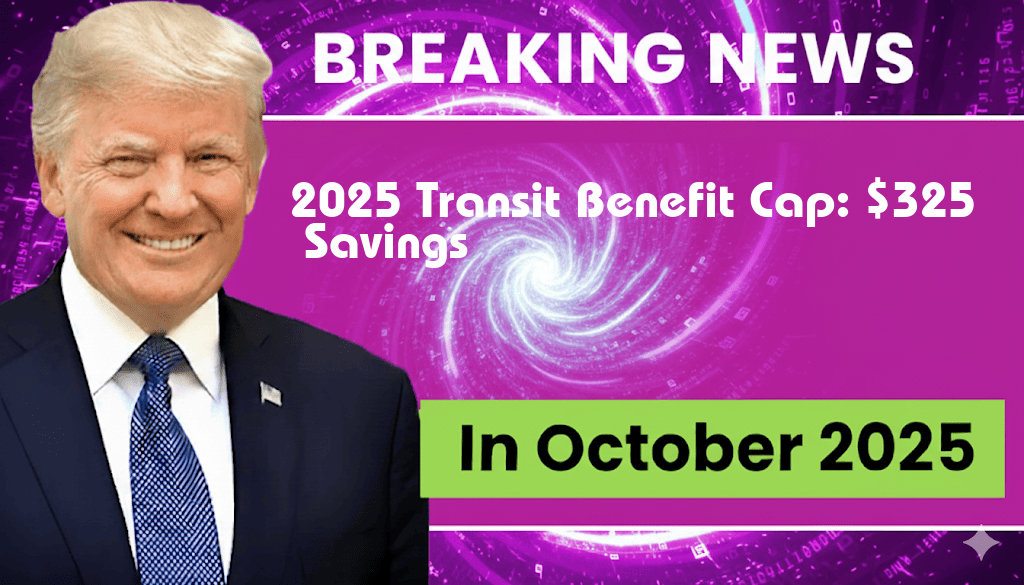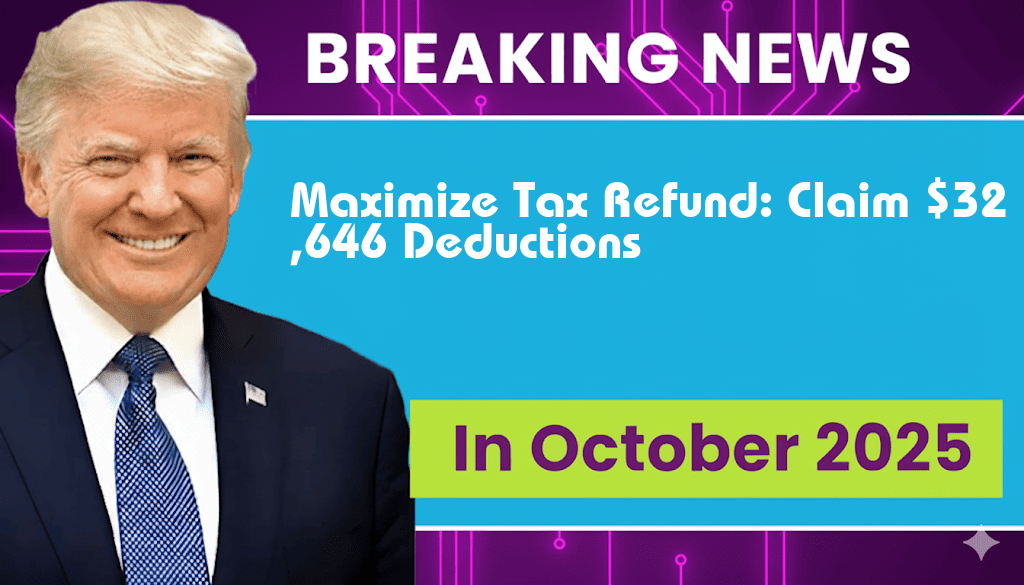

2025 Transit Benefit Cap Set at $325: Discover Your Monthly Savings
As commuters prepare for the new year, significant updates to the transit benefit program are set to take effect in 2025. The Internal Revenue Service (IRS) has announced that the monthly cap for transit benefits will increase to $325, providing employees with a substantial opportunity to reduce their commuting costs. This cap applies to various forms of public transportation, including buses, subways, and commuter trains, making it easier for workers to manage their travel expenses. The adjustment reflects a growing recognition of the increasing cost of living and the need for companies to support employees with their commuting expenses. This article explores the implications of this change and how it can benefit workers financially.
Understanding Transit Benefits
Transit benefits allow employees to use pre-tax income to pay for commuting costs, effectively reducing their taxable income and saving money each month. These benefits can cover a wide range of transportation modes, making them a versatile option for employees who rely on public transit. The IRS periodically adjusts the cap on these benefits to keep pace with inflation and the evolving transportation landscape.
Key Changes for 2025
- Increased Cap: The new cap for transit benefits will be set at $325 per month, up from the previous limit.
- Pre-Tax Savings: Employees can save on taxes by using these benefits, which can amount to significant savings annually.
- Eligible Transportation: The benefits apply to a variety of commuting options, including bus fares, subway passes, and train tickets.
Calculating Your Savings
With the new cap in place, understanding how to calculate potential savings is crucial for employees. Below is a breakdown of how the transit benefit works and the potential savings based on different income scenarios.
| Monthly Salary | Tax Bracket | Pre-Tax Benefit | Savings Per Month | Savings Per Year |
|---|---|---|---|---|
| $3,000 | 12% | $325 | $39 | $468 |
| $5,000 | 22% | $325 | $71.50 | $858 |
| $7,000 | 24% | $325 | $78 | $936 |
As illustrated in the table above, the potential savings vary depending on an employee’s salary and tax bracket. This makes utilizing transit benefits an attractive option for those looking to maximize their take-home pay.
Impact on Employers
Employers stand to benefit as well from the enhanced transit benefit cap. By offering these benefits, companies can attract and retain employees, improve job satisfaction, and reduce turnover. Furthermore, providing transit benefits can enhance a company’s reputation as a socially responsible organization committed to supporting sustainable commuting practices. Employers may also enjoy payroll tax savings when employees utilize pre-tax benefits, creating a win-win situation.
How to Take Advantage of the Increased Cap
To make the most of the increased transit benefit cap, employees should consider the following steps:
- Check with Your Employer: Confirm if your company offers transit benefits and the details of the program.
- Evaluate Commuting Costs: Assess your monthly commuting expenses to determine how much you can save with the new cap.
- Plan Ahead: Budget accordingly to maximize the benefits offered while minimizing out-of-pocket expenses.
Conclusion
The increase of the transit benefit cap to $325 in 2025 represents a meaningful step toward alleviating commuting costs for employees across the nation. By taking advantage of these benefits, workers can significantly reduce their transportation expenses while employers can foster a more supportive workplace. As the cost of living continues to rise, such measures become increasingly vital for economic well-being. For more information on transit benefits and IRS guidelines, visit the IRS website or check out the Transit Pass Wikipedia page.
Frequently Asked Questions
What is the new transit benefit cap for 2025?
The new transit benefit cap for 2025 has been set at $325 per month, allowing employees to save significantly on their commuting costs.
How can I take advantage of the transit benefit?
Employees can take advantage of the transit benefit by enrolling in their employer’s program, which allows them to use pre-tax earnings for eligible commuting expenses.
What types of expenses qualify for the transit benefit?
Eligible expenses for the transit benefit include costs for public transportation such as buses, trains, and ferries, as well as parking fees associated with commuting.
Will the transit benefit cap affect my tax situation?
Yes, utilizing the transit benefit cap can lower your taxable income, potentially resulting in tax savings based on your total commuting expenses.
How does the $325 cap compare to previous years?
The $325 cap for 2025 represents an increase from previous years, reflecting adjustments for inflation and rising commuting costs, which can enhance overall savings for employees.





